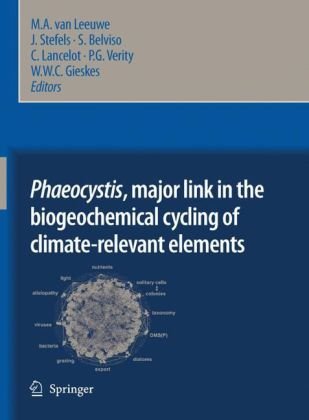

Most ebook files are in PDF format, so you can easily read them using various software such as Foxit Reader or directly on the Google Chrome browser.
Some ebook files are released by publishers in other formats such as .awz, .mobi, .epub, .fb2, etc. You may need to install specific software to read these formats on mobile/PC, such as Calibre.
Please read the tutorial at this link: https://ebookbell.com/faq
We offer FREE conversion to the popular formats you request; however, this may take some time. Therefore, right after payment, please email us, and we will try to provide the service as quickly as possible.
For some exceptional file formats or broken links (if any), please refrain from opening any disputes. Instead, email us first, and we will try to assist within a maximum of 6 hours.
EbookBell Team

4.0
46 reviewsThe ubiquitous marine microalgal species Phaeocystis plays an important role in biogeochemical cycles. Phaeocystis has a complicated life cycle, which makes it hard to decipher the role of this organism in ecosystem dynamics and hence its role in elemental cycles. This volume offers a selection of papers that have been presented at the final meeting of Working Group # 120 ''Phaeocystis, major link in the biogeochemical cycling of climate-relevant elements'', of the Scientific Committee on Oceanic Research (SCOR). The combination of a diverse yet well selected spectrum of scientific disciplines – varying from phylogeny to microbiogeochemistry and ecological modeling – makes this a very complete volume; it will no doubt become an important reference to all those working with Phaeocystis. This book comprises important review papers by various top authors in the field. Topics that are addressed reach from the organism level (taxonomy and life cycles) to ecosystem dynamics (interaction with viruses and grazing dynamics). The role of Phaeocystis in carbon cycling is focus of various chapters, as well as its role in sulphur cycling. The last treatise of this volume comprises a synthesis of all the presentations of the meeting. This chapter highlights the most relevant insights that have been gained so far and defines urgent questions that need to be addressed in future research.